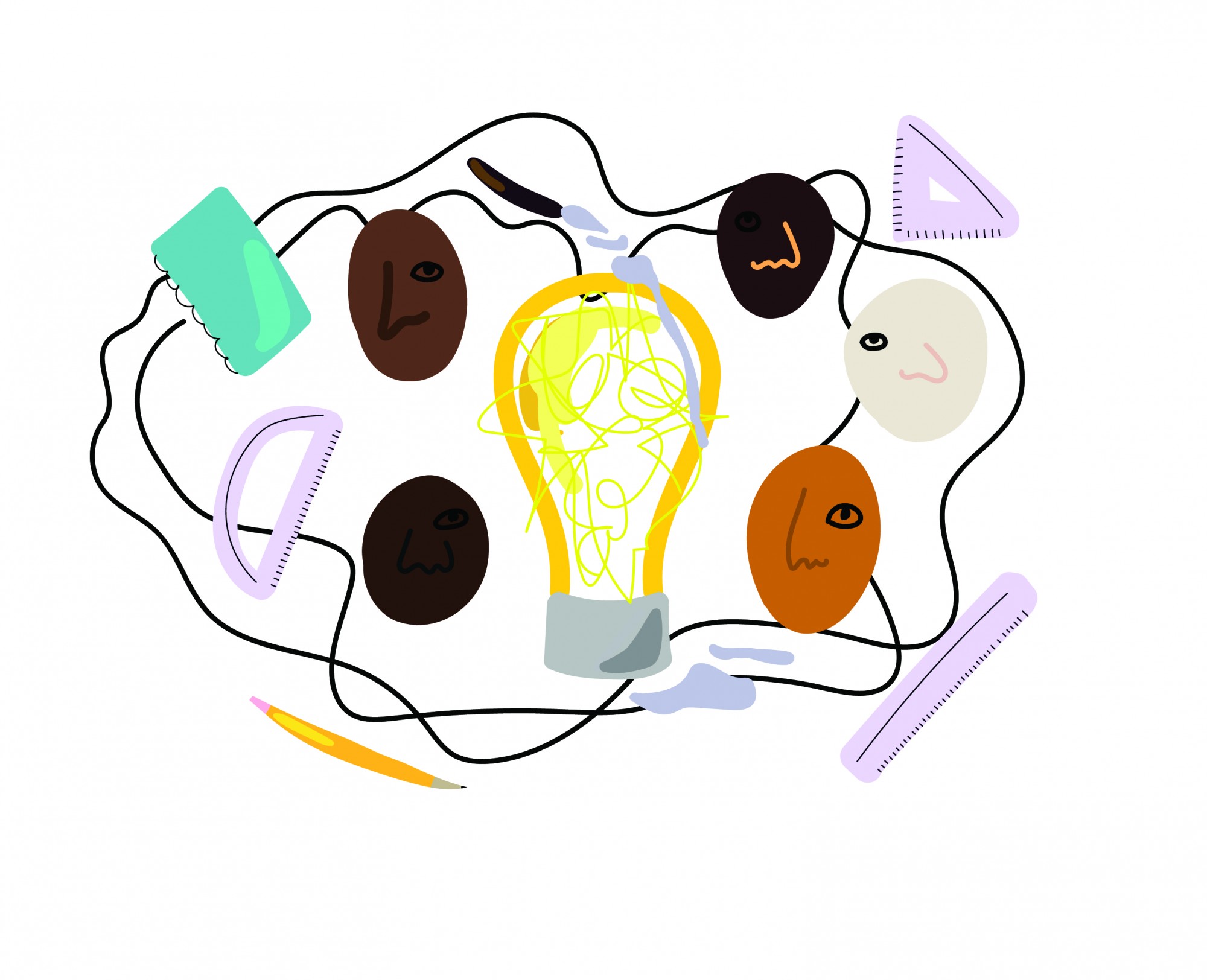A new program founded by University of Minnesota professors will bring math, geometry and design into the classroom for youth in North Minneapolis.
In a state that ranks 48th and 50th in high school graduation rates of African American and Hispanic students respectively, according to the research study, the program will provide an opportunity for students to participate in design. Funded by a $15,000 grant from the National Endowment for the Arts, the program will target an area in Minneapolis with an exceptionally high gap in educational achievement in K-12 students.
For underrepresented and minority students, this creative learning program will help to promote future academic and career success, said Abimbola Asojo, the lead investigator on the project and a University interior design professor. As part of the free program, students will take part in workshops and activities aimed at creating an interest in the design career field, she said.
“… The understanding of different programs available and what professions look like gives opportunity to explore careers students are otherwise not exposed to,” said Brian Kelley, owner of Young Builders and Designers, a local organization focused on building youth interest in design and architecture.
The program is the product of a collaboration between University researchers and community-based partners, like Minneapolis K-12 schools and the Boys and Girls Club.
“I sought out Professor Asojo and partnered with the College of Design and started having a dialogue,” Kelley said. “The collaboration was a perfect fit for creating special programs.”
Although the specifics of where and when the program will become fully operational are still being discussed, the program will build on initiatives that began through past summer camps and workshops also aimed at bringing design, math and geometry to the classroom.
“The goal is to get kids excited about the usefulness and beauty of mathematics. Along with providing skills and more opportunity, we can provide … confidence in their own skills and a willingness to keep going,” said Lesa Clarkson, a co-investigator on the project and an associate professor in the College of Education and Human Development.
With continued funding, the program’s creators hope to expand the project to include more students and families in the Minneapolis area, Clarkson said.
“Students will be able to meet people that look like them and use a skill set that will give students access to jobs,” Clarkson said. “When students have access to jobs that changes family dynamics and community dynamics.”








